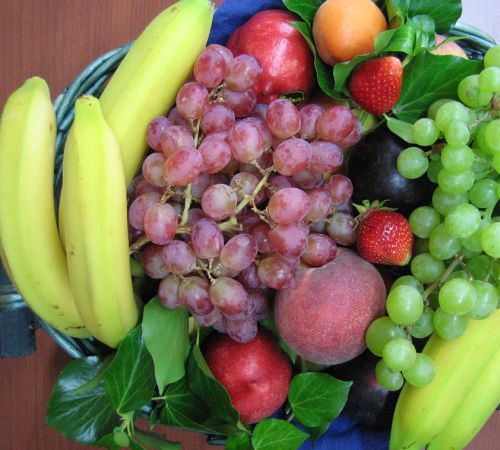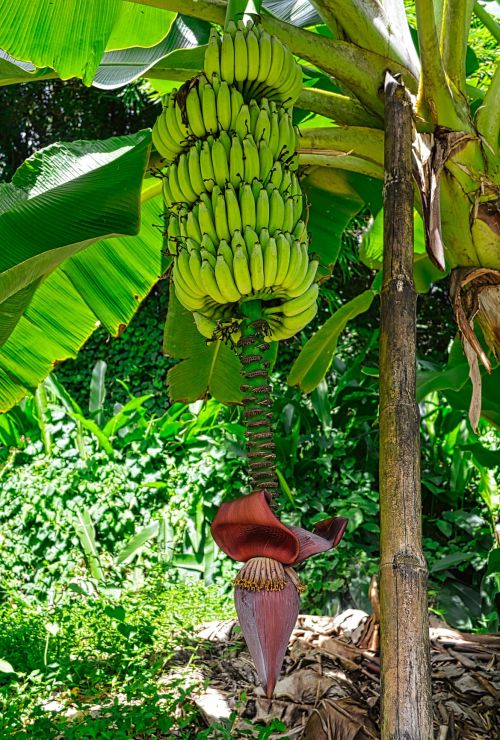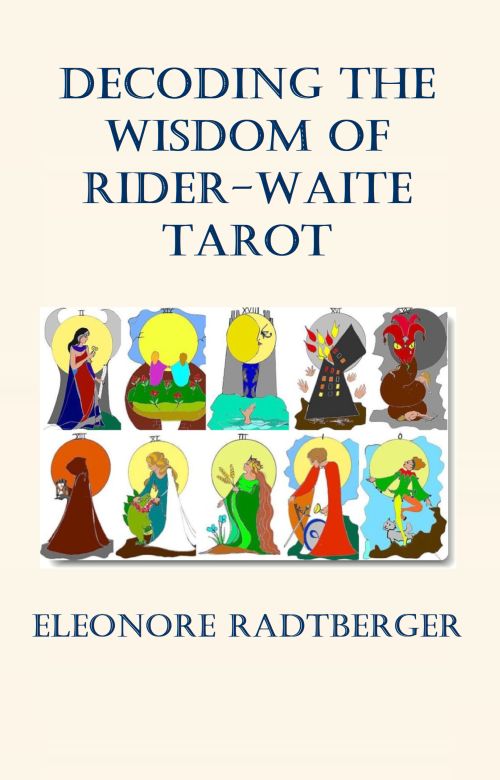
|
From plantation to table: The adventure of the banana
Discover the world of the banana. An educational voyage of discovery
The banana is not only one of the world's most popular fruits, it is also a remarkably diverse plant with a rich history.

From its discovery to its triumphant success in Europe, the banana has a long history that is deeply intertwined with the cultures of many countries.
The diversity of the banana: Origin, discovery and varieties
The history of the banana goes back thousands of years. The banana originated in the tropical regions of south-east Asia, probably in what is now Malaysia, Indonesia and New Guinea. There is evidence that the banana was cultivated by Malay peoples between 5000 and 8000 years ago.
In one of his books (German: 'Aussaat und Kosmos'), Swiss author Erich von Däniken addressed the question 'Where did the banana come from?' Von Däniken posed the question of whether the banana was once brought to Earth by extraterrestrials. Well, researchers are still looking for the 'ancestors' of the banana, which has not yet been sufficiently clarified.
The different varieties of banana are the result of thousands of years of breeding. The best-known variety, available in most supermarkets today, is the Cavendish banana. This variety was bred in English greenhouses in the 19th century and became the world's leading export banana.
However, since the banana was first cultivated, most varieties have become infertile. If no seeds are produced, propagation is not possible, only by cloning (vegetative propagation). Fruit is produced without pollination or fertilisation, which has the disadvantage of making the banana susceptible to disease. In the early 1960s, the 'Gros Michel' variety of banana was almost wiped out by Panama disease, a fungal disease that still cannot be controlled by known means.
The common banana
When most people think of bananas, they think of the yellow Cavendish banana. This variety accounts for the majority of the global banana market and is known for its sweet flavour and creamy texture. Originally from South East Asia, the Cavendish became the dominant variety in the 1960s when the previously dominant Gros Michel banana was almost wiped out by Panama disease.
Gros Michel
Gros Michel was the most important banana variety in the 19th and early 20th centuries. It had a more intense flavour than the Cavendish and was particularly resistant to transport. However, its susceptibility to disease and the spread of Panama disease caused it to suffer and led to its decline.
Red banana
Less well known but equally fascinating is the red banana. Found mainly in the tropics, it has a heavier, sweeter fruit with a reddish to purple-red skin. Red bananas are often smaller and contain more beta-carotene, giving them an interesting niche in the banana world.
Baby banana
Another popular variety is the baby banana, also known as the mini banana. These small, sweet fruits are ideal for snacks and desserts. They are very nutritious and have an intense flavour. They are often grown in tropical regions, particularly in Central America.
Burro banana
Native to Mexico, the burro banana has a rectangular shape and a slightly lemony flavour. Also known as the Orinoco or Bluggoe variety, it has a thicker skin and remains firm after ripening, making it a popular choice for many recipes. It is primarily a cooking banana, but can also be eaten as a dessert banana.
Extinct varieties
The banana world once had many more varieties. One notable extinct variety is the 'Dwarf Cavendish', which was a small variant of today's Cavendish. Its low yield and susceptibility to disease led to its extinction. There are also the 'Gros Michel' and the 'Silk Banana', which were once grown in various regions but were driven out by various diseases and monoculture.
The introduction of the banana in Europe

The first written mention of the banana in Europe dates back to the 10th century. Arab traders first brought the fruit to Spain and Portugal, where it quickly became very popular. Over the centuries, the banana spread throughout Europe. The banana really took off in the 19th century, when the expansion of trade routes and the development of steamboats made it easier to export from overseas.
The first commercial plantations were established in the Caribbean and later in Central America. As a result, bananas became part of the everyday lives of Europeans and a staple food for many.
Differences between regular and organic bananas
Although the banana may look like any other banana, there are some differences between conventionally and organically grown bananas:
Cultivation, taste and quality: Organic bananas are grown according to organic guidelines, without synthetic pesticides and chemical fertilisers. Instead, organic farmers use natural methods such as crop rotation, composting and natural pest control. Many consumers report that organic bananas taste more intense and aromatic than conventional bananas. This may be due to the way they are grown and harvested.
Environmental friendliness: Growing organic bananas is generally more sustainable because it has less impact on the environment. For example, the use of chemicals in conventional farming can pollute soil and water resources. In addition, organic bananas are often available in more environmentally friendly packaging and are often transported under conditions that minimise the environmental footprint.
Anecdotes about the banana
As well as being nutritious and delicious, the banana is also a popular subject in culture and entertainment. Here are some amusing anecdotes about the banana:
Famous bananas on the art market: In 2019, artist Maurizio Cattelan caused a stir when he stuck a real banana to a wall. The provocative artwork sparked debates about the value of art and materialism in modern society. But the artwork, which cost over 100,000 euros, was accidentally eaten by a visitor during an exhibition. ... But that's not all! The spectacle was repeated at the end of 2024, when a Chinese-American entrepreneur bought a new 'banana artwork' by Maurizio Cattelan for 6.2 million dollars at an auction in New York. A few days later, the buyer ate the banana in front of the public! We hope they both enjoyed it.
The unforgettable slide: The banana has found its place in film history! The typical slapstick scene of someone slipping on a banana peel is not only a classic comedy motif, but also shows how much the banana has become part of pop culture.
Bananas only for officials: In the DEFA movie 'Die Schönste' ('The Most Beautiful', shot in 1957, banned shortly afterwards by the GDR regime and released in cinemas in 2002), a scene had to be cut: There were bananas and pineapples in a bowl of fruit on the kitchen table, but they were hard to come by in the GDR (and other Eastern Bloc countries).
One piece of advice at the end: Avoid eye contact when eating a banana!
Hopefully, the banana will be with us for a long time to come
Much more than just a sweet fruit, the banana is a symbol of history, culture and sustainability. From its origins, to its global cultivation and distribution in Europe, to its different varieties, the banana has a lot to offer.
Ultimately, we should see the banana not just as a food, but as a part of world history. Next time you eat a banana, remember that this little yellow wonder has had a long and impressive journey!
© "From plantation to table: The adventure of the banana". Article and image (top) 'Fruit basket with bananas' by Izabel Comati, 12/2024. Image credit (bottom): Banana plant, CC0 (Public Domain Licence).
– The burden of the world: Emotional stress in uncertain times
– Burnout and other mental health issues. Fear can actually be a friend
– Legends of the Wild West: Calamity Jane. Hands up, rascal!
Discover more articles! Use the search function:
English archive:
More reviews, book presentations and essays
2024/2025
German archive:
2024 |
2023 |
2022 |
2021 |
2020 |
2019 |
2018 |
2017 |
2016 |
2015 |
2014 |
2013 |
2012 |
2011 |
2010 |
2009
Become a writer for Pressenet! Write articles for our online magazine on trending topics such as best books to read, health and wellness, technology and gadgets, business and finance, travel and tourism, lifestyle and fashion or education and career. Info: Become an author
Sponsors and investors are welcome: If you found our articles interesting, we would be grateful for a donation. Please also recommend us to your networks. Thank you very much!
Sitemap About Privacy Policy RSS Feed





